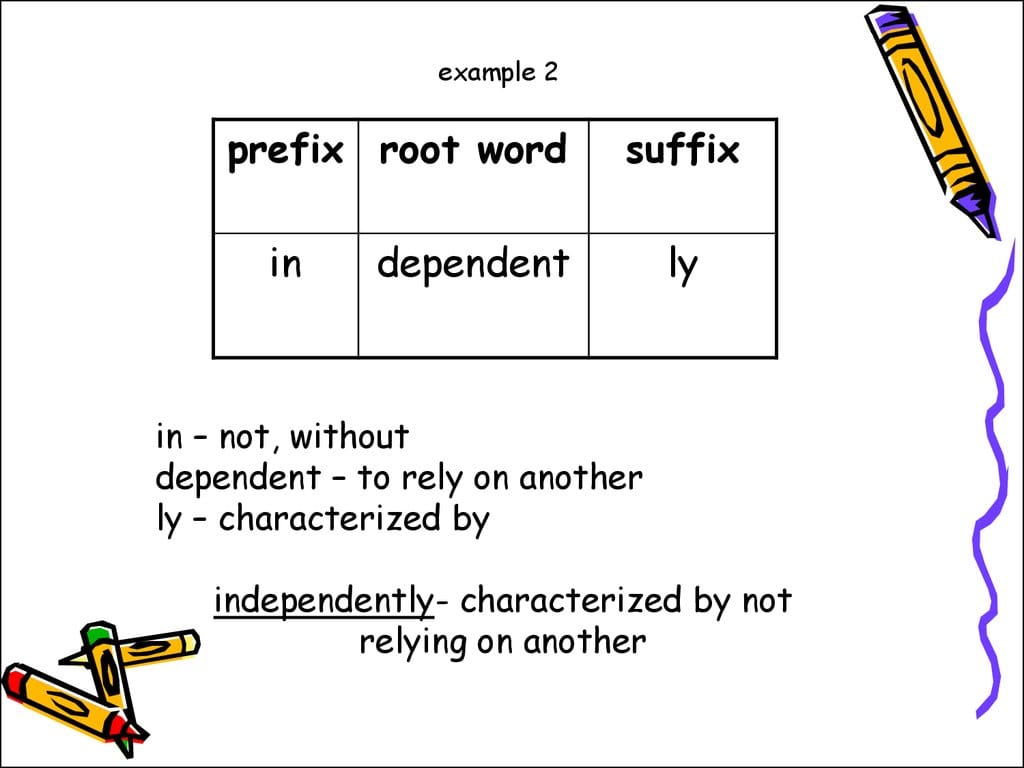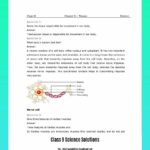Unlock the secrets of words and empower young readers with the magic of morphemic analysis! This comprehensive guide provides a practical, step-by-step approach to teaching this essential skill, transforming students into confident word wizards. Discover how breaking down words into smaller parts can unlock meaning, boost reading comprehension, and pave the way for reading success.
Deciphering Words: Unlocking Meaning with Morphemic Analysis
Morphemic analysis, simply put, is breaking down words into their smallest meaning-bearing units, called morphemes. Think of them as the LEGO bricks of language. Some morphemes stand alone as words (free morphemes), like “cat” or “run.” Others, like prefixes and suffixes (bound morphemes), such as “un-” or “-ed,” need to attach to a root word. This process of dissecting words can significantly enhance reading comprehension and vocabulary acquisition. Let’s delve into how this “word detective” work unfolds.
What is Morphemic Analysis?
Imagine building with LEGOs. Each brick is a morpheme, the smallest unit of a word carrying meaning. “Cat” and “run” are free morphemes – they stand strong on their own. Prefixes like “un-” and suffixes like “-ed” are bound morphemes; they need to be connected to other morphemes to make sense. Morphemic analysis involves identifying these building blocks within words.
Why is Morphemic Analysis Important?
Morphemic analysis might sound like something for linguists, but understanding morphemes can significantly impact reading skills and overall language development. Here’s why:
- Unlocking New Words: Morphemic analysis helps decipher unfamiliar vocabulary by recognizing familiar morphemes. For example, knowing “pre-” means “before” and “view” means “to see,” likely suggests that “preview” means to see something beforehand. It’s like having a decoder ring for vocabulary.
- Boosting Reading Comprehension: Stumbling over unknown words disrupts reading flow. By breaking down complex words, readers can more easily grasp their meaning, especially in challenging academic or technical texts. This allows for smoother, more efficient reading.
- Improving Spelling: English spelling can be tricky. Morphemic analysis can help identify patterns and improve spelling accuracy, like understanding that the suffix “-ed” indicates past tense.
- Exploring Word History: Morphemic analysis offers a glimpse into the history and origins of words (etymology). Many English words have Greek and Latin roots, enriching our understanding of language.
Morphemic Analysis in Action
Morphemic analysis is a powerful tool for students. Teachers who explicitly teach these strategies empower students to become independent word learners, moving beyond rote memorization to decode words organically. If you’re struggling with speech difficulties, you might find relief from melodic intonation therapy. Additionally, if you’re experiencing weakness in your arm, the pronator drift test can assist your doctor in diagnosis.
The Relationship Between Morphemic Analysis and Morphology
Morphemic analysis is a key element of morphology, the study of word structure. Some linguists suggest it should be the foundation of morphological analysis, while others propose alternative approaches. The debate about the starting point exists, but the importance of understanding word formation processes is universally acknowledged.
Morphemic Analysis Beyond the Classroom
Morphemic analysis isn’t confined to classrooms. It helps in deciphering technical jargon, navigating foreign languages, and mastering specialized vocabulary in fields like medicine or law.
Mastering Morphemic Analysis: A 4-Step Guide
Here’s how to become a word detective:
Step 1: Recognize the Unfamiliar Word: Identify the word that needs investigation.
Step 2: Analyze the Morphemes: Break down the word into its morphemes (root word, prefixes, suffixes). For example, “unconditionally” contains “condition” (root), “un-” (prefix), and “-ally” (suffix).
Step 3: Hypothesize the Meaning: Based on the morphemes, predict the word’s meaning. “Un-” means “not,” “condition” implies a stipulation, and “-ally” creates an adverb. Therefore, “unconditionally” probably means “without conditions.”
Step 4: Verify the Meaning: Consult a dictionary or etymology resource to confirm your hypothesis.
Exploring Morphological Analysis with Examples
Let’s delve deeper into morphological analysis, using examples to illustrate the process:
Example 1: “Unconditionally”
- un- (prefix): not
- condition (root): a stipulation
- -al (suffix): relating to
- -ly (suffix): adverbial form
Therefore, “unconditionally” means “without conditions.”
Example 2: “Antidisestablishmentarianism”
This daunting word becomes manageable through analysis:
- anti- (prefix): against
- dis- (prefix): reversal, negation
- establish (root): to set up
- -ment (suffix): noun form
- -arian (suffix): relating to a person or ideology
- -ism (suffix): ideology or principle
Thus, it refers to opposition to withdrawing state support from an established church.
| Morpheme Type | Example in “Unconditionally” | Other Examples |
|---|---|---|
| Prefix | un- | pre-, re-, dis-, anti- |
| Root | condition | friend, believe, govern |
| Suffix | -al, -ly | -ing, -ed, -ness, -ment |
Nuances of Morphemes: A single morpheme can have slightly different meanings depending on context (e.g., “-er” in “teacher” versus “smaller”). Some morphemes are bound, while others are free.
Steps to Break Down Words:
- Identify the Root: The core meaning.
- Find Prefixes: Modifiers at the beginning.
- Locate Suffixes: Modifiers at the end.
- Combine Meanings: Put the pieces together.
Importance of Morphological Analysis:
- Expands vocabulary.
- Enhances reading comprehension.
- Improves spelling.
- Aids foreign language learning.
Ongoing Research: Language is constantly evolving, and the meaning of morphemes can shift. Ongoing research in linguistics explores these complexities.
Teaching Morphemic Analysis: A Practical Approach
Here’s how to effectively teach morphemic analysis:
Step 1: Build a Foundation: Introduce morphemes as the building blocks of words, explaining root words, prefixes, and suffixes. Use real-world examples, like “rebuild” (“re-” meaning “again”) and “teacher” (“-er” indicating a person who performs an action).
Step 2: Engage with Activities:
- Word Building Games: Provide prefixes, suffixes, and root words for students to create new words.
- Morpheme Detective Worksheets: Have students identify morphemes and deduce word meanings.
- Interactive Online Activities: Utilize online resources for engaging practice.
Step 3: Highlight Real-World Applications: Explain how morphemic analysis helps decode unfamiliar words, improve reading comprehension, and enhance spelling.
Step 4: Practice Patience: Learning takes time and effort. Encourage students and celebrate their progress.
Key Points of Morphemic Analysis:
- Definition: Breaking down words into meaningful units (morphemes).
- Types of Morphemes: Free (stand-alone) and bound (attached).
- Benefits: Unlocks new words, boosts reading comprehension, improves spelling, explores word history.
- Connection to Morphology: Key element of word structure study.
- Practical Applications: Deciphering jargon, navigating foreign languages, mastering vocabulary.
- Practice: Break down words like “unbreakable” and “incomprehensible.”
Ongoing Research and Evolving Conclusions: Some experts believe consistent exposure to morphemic analysis enhances vocabulary and comprehension. Ongoing research suggests early integration of this skill into curriculums has a positive impact. However, debate continues about the most effective teaching methods. This remains an area of active study, and new best practices are likely to emerge.
By nurturing a growth mindset and a love for words, we empower students to become confident word detectives.
- Discover Long Black Pepper: Flavor & Health Benefits - April 25, 2025
- Shocking Twists: The Grownup Review: Unreliable Narration - April 25, 2025
- A Quiet Place Book vs Movie: A Deep Dive - April 25, 2025

















2 thoughts on “Unlocking Vocabulary: How Morphemic Analysis Builds Reading Success”
Comments are closed.